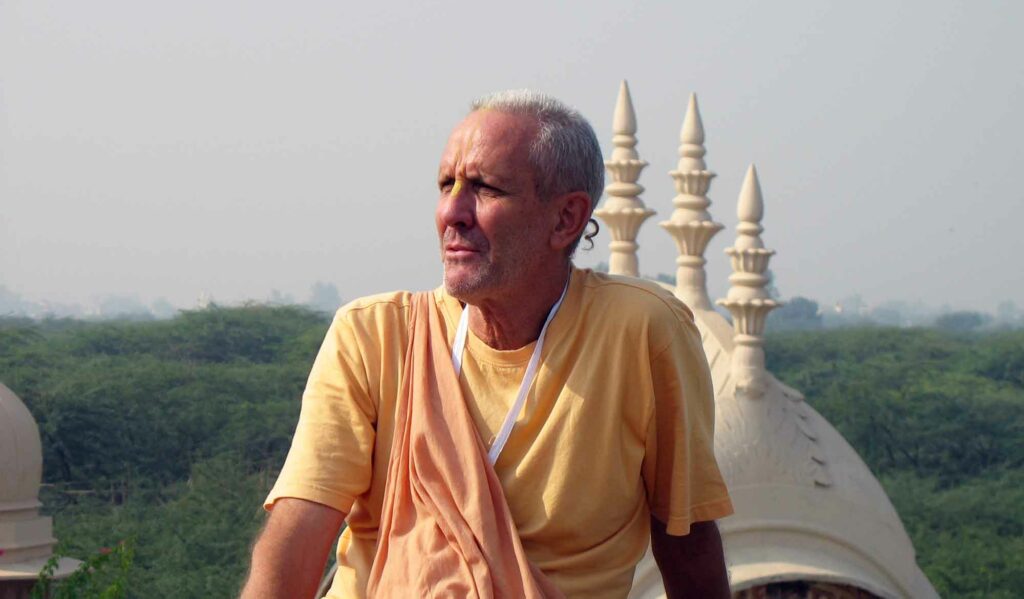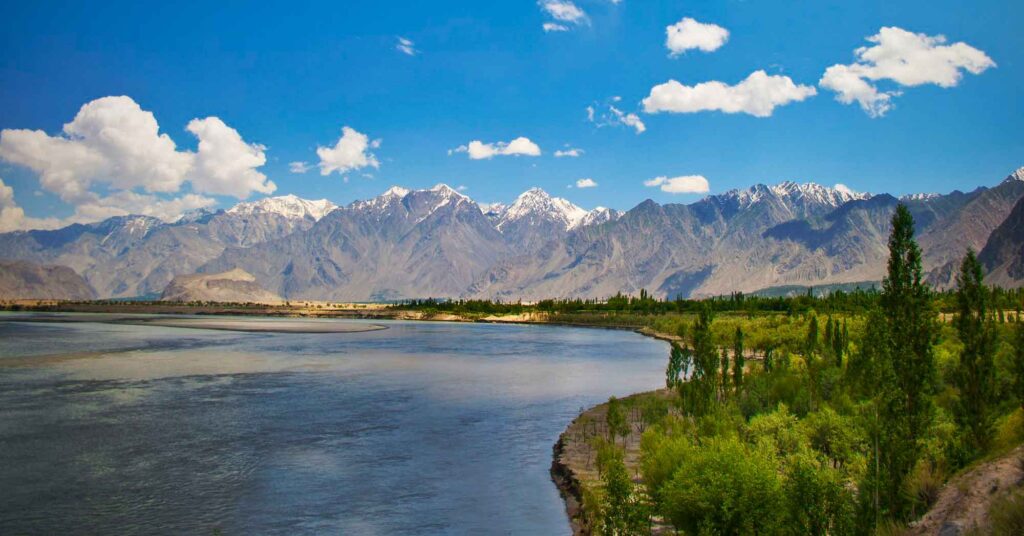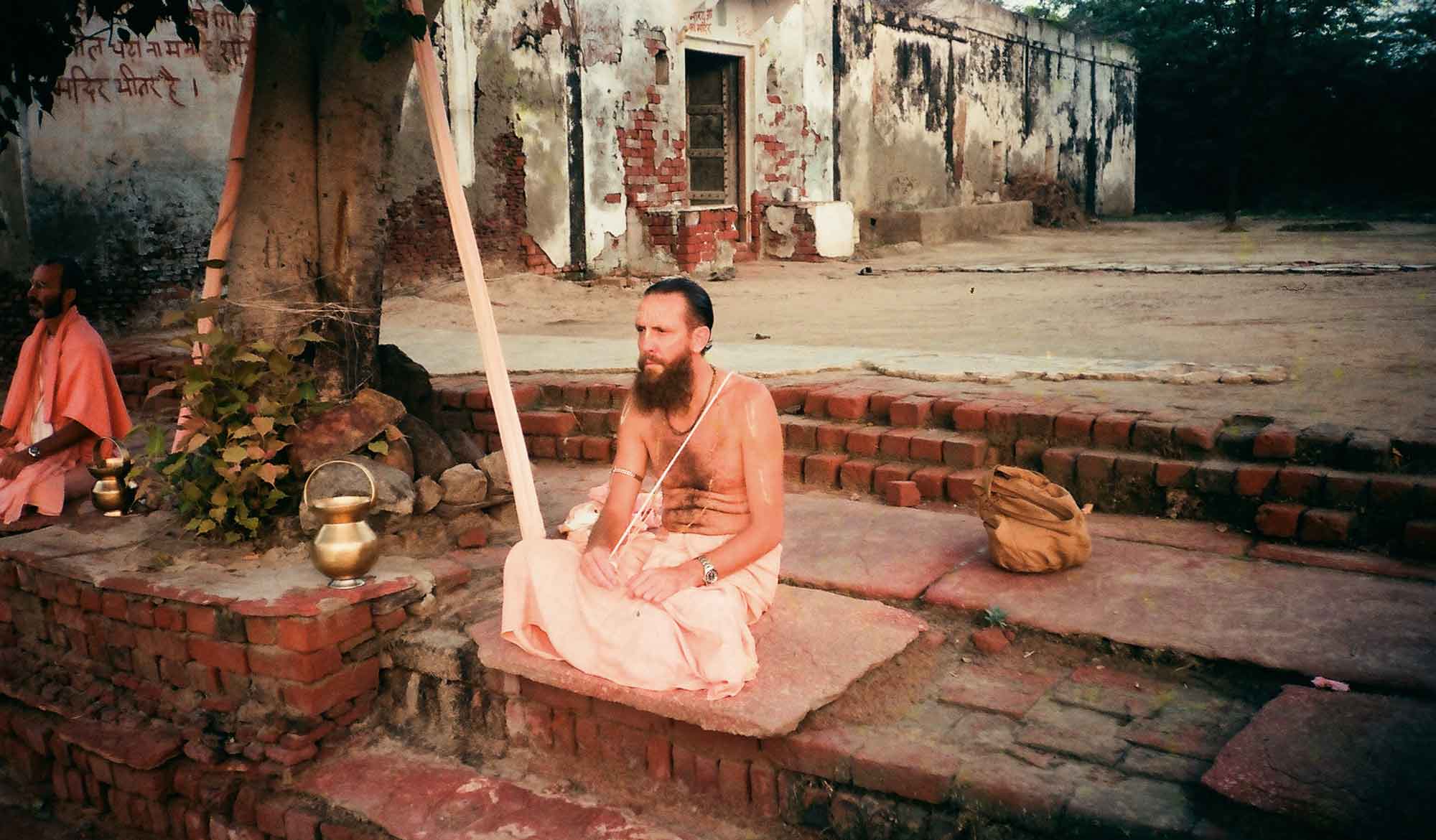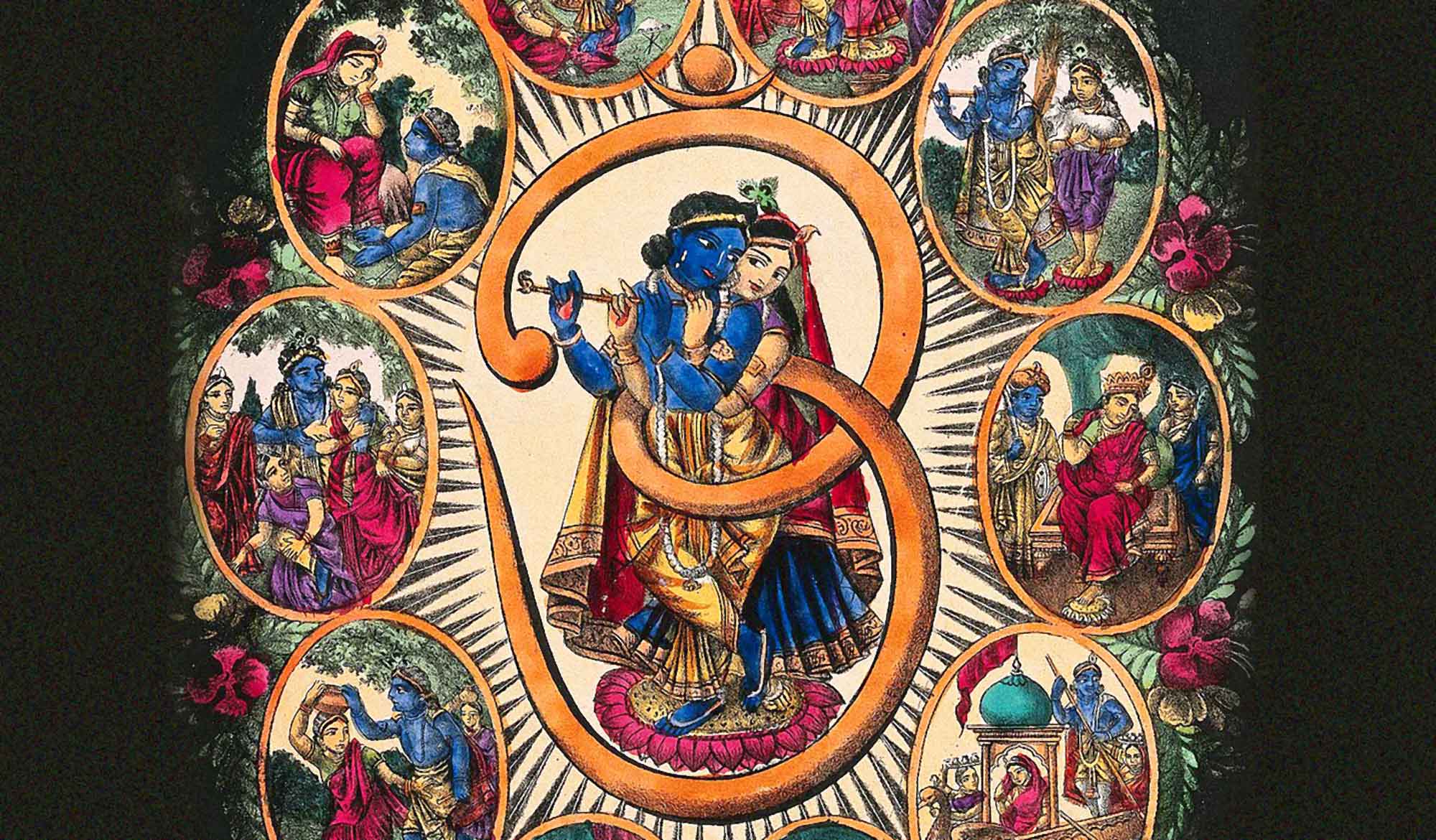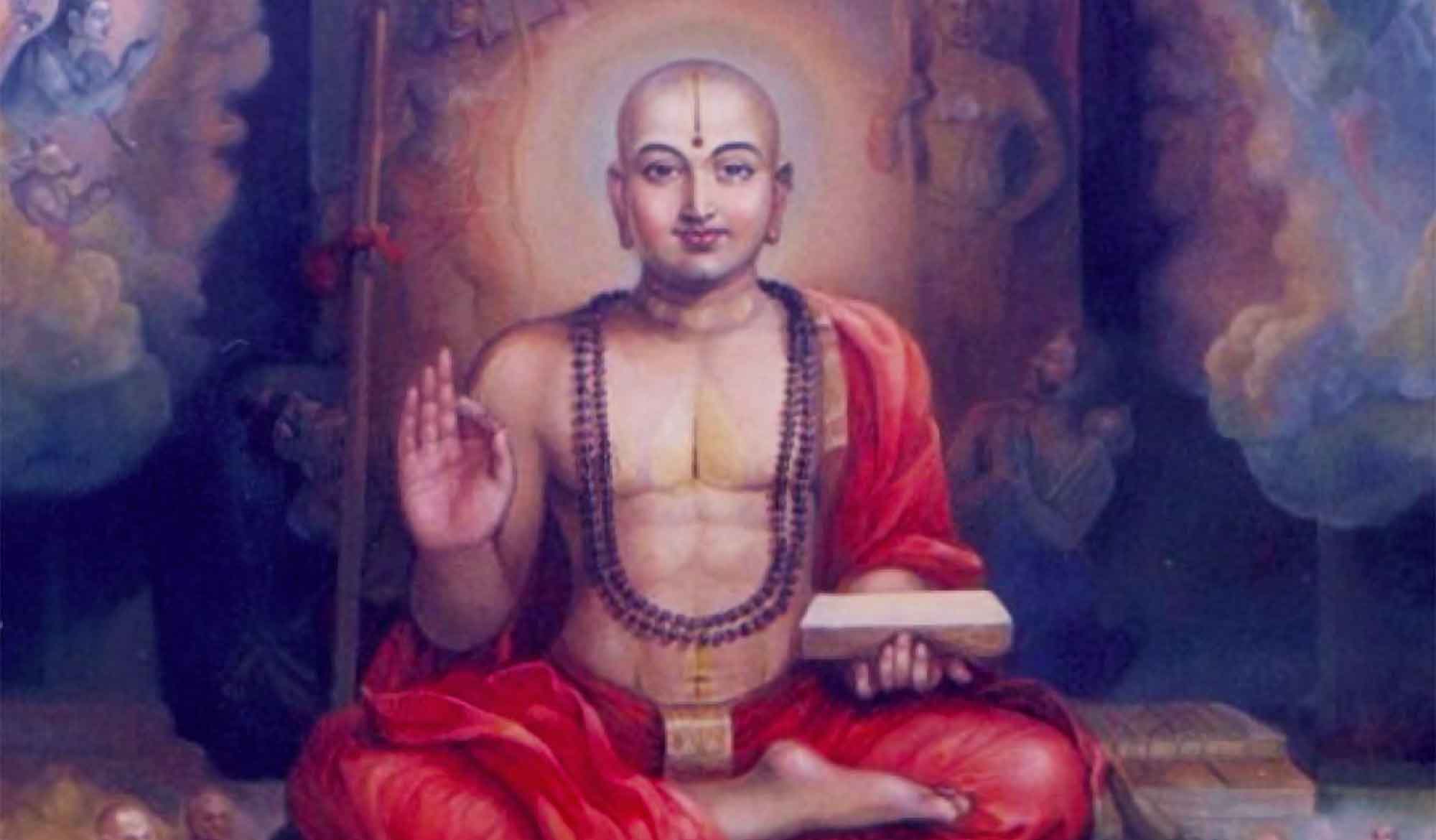by Swami B.G. Narasingha
This short article was written by Swami B.G. Narasiṅgha (Jagat-Guru Swami) for the Iskcon World Review in November 1984. Herein, Narasiṅgha Mahārāja shows how the founder of the Sikh religion, Guru Nānak, met with Śrī Caitanya Mahāprabhu in Jagannātha Purī.
The prospect of finding evidence of a meeting between Guru Nānak and Lord Caitanya fascinated us. It was something that Śrīla Prabhupāda had wanted his disciples to research as long ago as 1976. The establishment of a spiritual link between the two faiths has the potential to reduce current tensions between Sikhs and Hindus.
While visiting Chandigarh, the capital of the Punjab (homeland of the Sikhs), Prabhupāda had asked his disciples to look for evidence in the Sikh holy book Grantha Sahib, as well as Gauḍīya Vaiṣṇava literature.
While in India researching a forthcoming book about Vaiṣṇava India, we frequently met and spoke with many scholars and sādhus. In Amritsar, a local priest told us of an untitled manuscript he had seen at the Archaeological Survey in Delhi that related the meeting of Lord Caitanya and Guru Nānak. We immediately left for Delhi.
There in the archives of the Archaeological Survey of India we found an obscure manuscript on the life of Guru Nānak. Dated to the late 1800s, it contained a small chapter about Guru Nānak’s travels to Jagannātha Purī, Orissa, where Lord Caitanya had lived for 24 years. This section contained two quotes from a book written by Īśvara Dāsa, an Orissan disciple of Lord Caitanya. The references were from a book called Caitanya-bhāgavata (not to be confused with the work of Vṛndāvana Dāsa Ṭhākura, which bears the same name).
śrīnivāsa ye viśvambhara
kīrtana madhye vihāra
nānak, sāraṅga e dui
rūpa sanātana, dui bhāi
jagāi, mādhāi ekatra
kīrtana karanti e nṛtya
Śrī Caitanya, the Lord, joined in the kīrtana with Nānak, who was accompanied by his disciple Sāraṅga. Rūpa and Sanātana were also there, as were Jagāi and Mādhāi. They all engaged in kīrtana, dancing in ecstasy. (Īśvara Dāsa, Caitanya-bhāgavata, Adhyāya 61)
nāgara puruṣottama dāsa
jaṅgalī nandinī tā pāśa
nānak sahite gehana
gopāla guru saṅga tena
saṅgat matta balarāma
vihara nīlagiri dhāma
In the congregational singing led by Śri Caitanya and Guru Nānak, Nāgara Puruṣottama followed suit. Two disciples, Jaṅgalī and Nandinī, also joined in. Gopāla Guru, for whom Guru Nānak felt deep affection, was there as well, along with Nityānanda Prabhu, who was considered an incarnation of Balarāma. They all relished the kīrtana at Jagannātha Purī. (Īśvara Dāsa, Caitanya-bhāgavata, Adhyāya 64)
In these verses, both Guru Nānak and Lord Caitanya are mentioned in connection with their foremost disciples. This is a literary device eliminating the possibility that Viśvambhara and Nānak refer to some other personalities of the same names.
Our making this discovery just after the taking of the Golden Temple at Amritsar and the assassination of Indira Gandhi included some profound realisations. Lord Caitanya was revealing to us that sectarianism and party spirit are man-made. In the bodily conception of life, man separates himself from his fellow men on the basis of race, creed, and religion. This bodily concept of life is at the root of materialistic life, setting black against white, rich against poor, and nation against nation. Reading this account of how Guru Nānak and Lord Caitanya danced together in perfect harmony, we understood God’s desire that rather than belonging to a particular race, nation, or religion, every soul is meant to enjoy peace and happiness in relation to Him.
More Articles by Swami B.G. Narasingha
Gāyatrī as Rādhārāṇī
“Gāyatrī as Rādhārāṇī” was written by Śrīla B.G. Narasiṅgha Mahārāja in October 2003. Narasiṅgha Mahārāja briefly explains the Gāyatrī-Nigūḍhārtha composed by Śrīla Śridhara Mahārāja which shows how the brahma-gāyatrī ultimately refers to Śrīmatī Rādhārāṇī.
OṀ – The Supreme Combination of Letters Emanating from the Flute of Śrī Kṛṣṇa
'OṀ – The Supreme Combination of Letters Emanating from the Flute of Śrī Kṛṣṇa' was written by Swami Narasingha in 1999. In this article Narasingha Maharaja discusses the importance of Oṁ and connects it to the kāma-bīja, Klīṁ and the Mahā-mantra.
The Life and Teachings of Madhvacharya
‘The Life and Teachings of Madhvacharya’ written by Swami B.G. Narasiṅgha, was first published in Clarion Call magazine (Vol.2, issue 1) in 1989. This article is a summary of the life of Śrī Madhvācārya, the South Indian Vaiṣṇava saint and founder of the philosophical school of Dvaitavāda. This article was later included in the book, ‘Evolution of Theism’.

